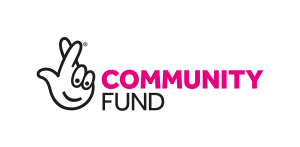Connecting Communities is a programme of creative work with diverse communities local to the venues that Extraordinary Bodies productions visit on tour. All around the UK, our creative teams have connected with and are supporting community groups to develop their own creative responses to the work we’re touring.
Each group is led by a local artist who will support them as they explore the themes and ideas in the show. Through their time working with our company, these artists benefit from our inclusive working practices. The community groups in turn benefit from the artists’ talent and leadership. These create a lasting, positive legacy, rooted deeply in each place we’ve been. All of the places and people we work with are also given opportunities to connect with one another across the country. This provides them with mutual support, a chance to share their creative work with one another, and we hope may lead to further creative collaboration in the future.
Working with the individual artists involved with each project has been utterly joyful for us. We’ve been constantly surprised and delighted by the originality and creativeness of each distinct response. Let’s take look at who they are and what they’ve been working on!
In Plymouth, we are in collaboration with Theatre Royal Plymouth’s two community projects, Funky Llama and Our Space and Far Flung Dance
Clair Sargeant and Sarah Farrow-Jones the co-artists on this project said:
“Far Flung Dance Theatre C.I.C are creatively working with Funky Llama and Extraordinary Bodies on the Connecting Communities Project. This is our second project with Connecting Communities and it has been a privilege to be invited again. For this project we have been honoured to work with Funky Llama and Our Space community members again to co create a digital exhibition exploring our very own clown characters inspired by Waldo’s Circus of Magic & Terror.
Over 5 sessions we delivered a series of workshops that explored clowning, circus history, costume design and clown makeup to create clown characters that explored a combination of fact and fictional traits, this could be an alter ego like character or an exaggerated version of oneself. We worked with a guest artist Fran Daykin to creatively support the group to make collars, roughs, hats, bow ties and props for the photoshoot out of materials from our local scrap store. Alongside these creations the group created their own Clown C.V to accompany the image and to help delve into their character further. We also created a poem out of a collection of words relating to magic, circus and memories. Dom Moore worked with us in the final session and created a series of beautiful portraits, each person will have a ‘mug shot’ image and a second image that shows their clown personality.
The exhibition will be called ‘ The Circus of Life’ and we hope this can be a live exhibition at some stage in the year.”
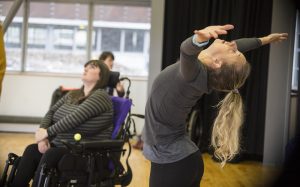
In Salford, we have been working with Skylight Circus Arts, and local artist Natalie Speake
Natalie said: “I have had the absolute pleasure of working alongside Skylight Circus and Extraordinary Bodies on Connecting Communities. I’m delivering a series of clowning workshops based on the show Waldo’s Circus of Magic & Terror.
To begin with it felt important to develop trust and a sense of safety within the group. We have spent a lot of time each week building on the skills of listening, pausing and the importance of receiving. We’ve played many games to help with this, and have had lots of space for watching and feeding back to each other. This deepened our understanding about the nature of a clown.
The group have explored clowning in pairs as a way of linking into the close relationship between the two clowns featured in Waldo’s Circus of Magic & Terror – Mish and Mosh.
We used sensory games, mirroring and dance to deepen those relationships and have some fun. Each week the pairs had the opportunity to dress one another up, with our emphasis being firmly on ‘drawing out the wow’ in your partner. It has led us to a better understanding of bringing out the best in someone else.
This will culminate in working with a photographer to create a ‘Gallery of Yes!’. A series of portraits will showcase each clown’s individual, authentic self without any mask except their red nose. It will be an opportunity to capture each clown as they shine brightly in their own light and joy.”
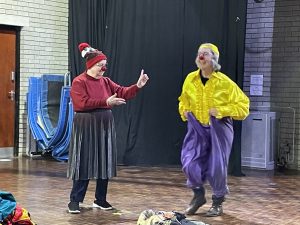
In Poole we’ve been working with our youth company, Extraordinary Bodies Young Artists and local musician Harry Bassett.
Through a series of exercises, EBYA have been developing pieces of text, which tell the stories of their alter-egos or most proud self. We have then combined these texts with a choreographed piece of movement which showcases each member of the group.
In addition to text and movement, we have also been looking at how sound can impact a performance though building soundscapes and putting text to music. Kira, our EBYA guitarist has written a fab song which has turned EBYA into the latest local choir! You might get to hear a little something in the not too distant future!
In doing this work EBYA have had many discussions around the barriers that prevent us from being able to show who we really are, resulting in some really fantastic pieces of work. We can’t wait to share some of it with you!”
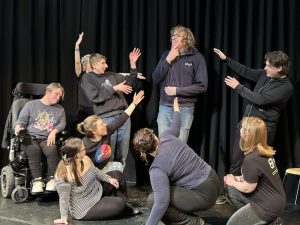
In Southampton we have been collaborating with MAST Mayflower Studios, Autism Hampshire and local visual artist Deborah Goatley-Birch.
The creative process sparked many interesting conversations about the production and how it related to our everyday experiences. Each week, participants had the opportunity to experiment with different Dadaist creative techniques, such as printing, typography, and collage, to produce unique artworks in response to the different themes. ”
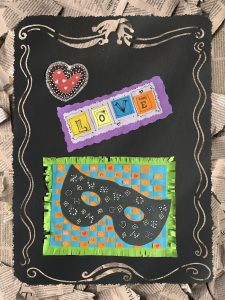
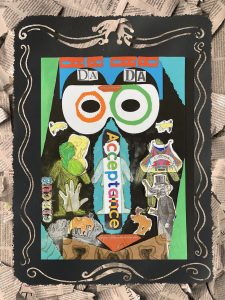
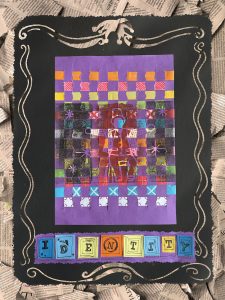
We hope to showcase the incredible creative output from all of our participating groups together in an exhibition later this year, or early in 2024. To stay informed about your chance to see this, and any of the other exciting projects we’ll be working on, please consider signing up to our newsletter at the bottom of the page.
Connecting Communities has been funded by The National Lottery Community Fund.
